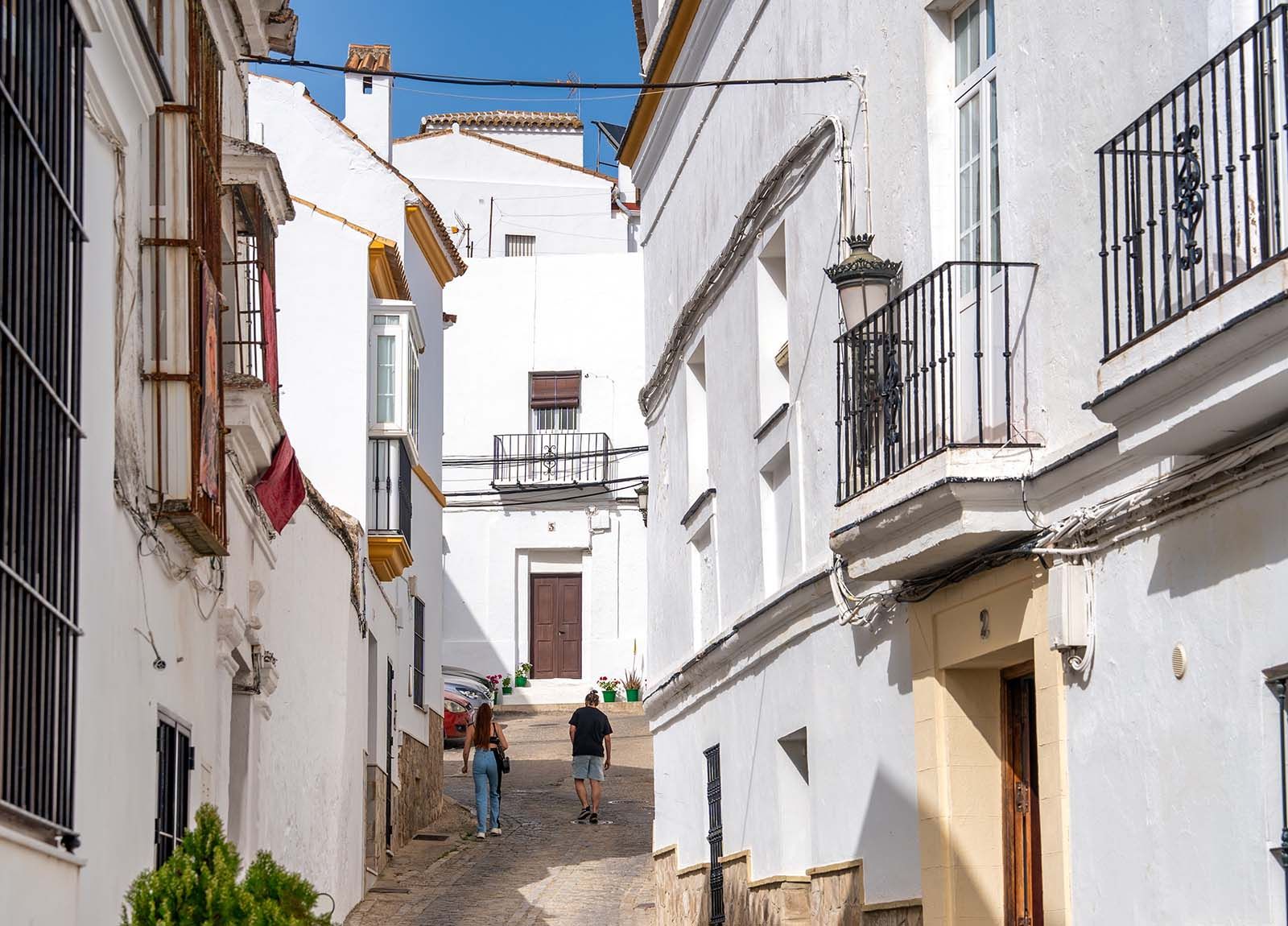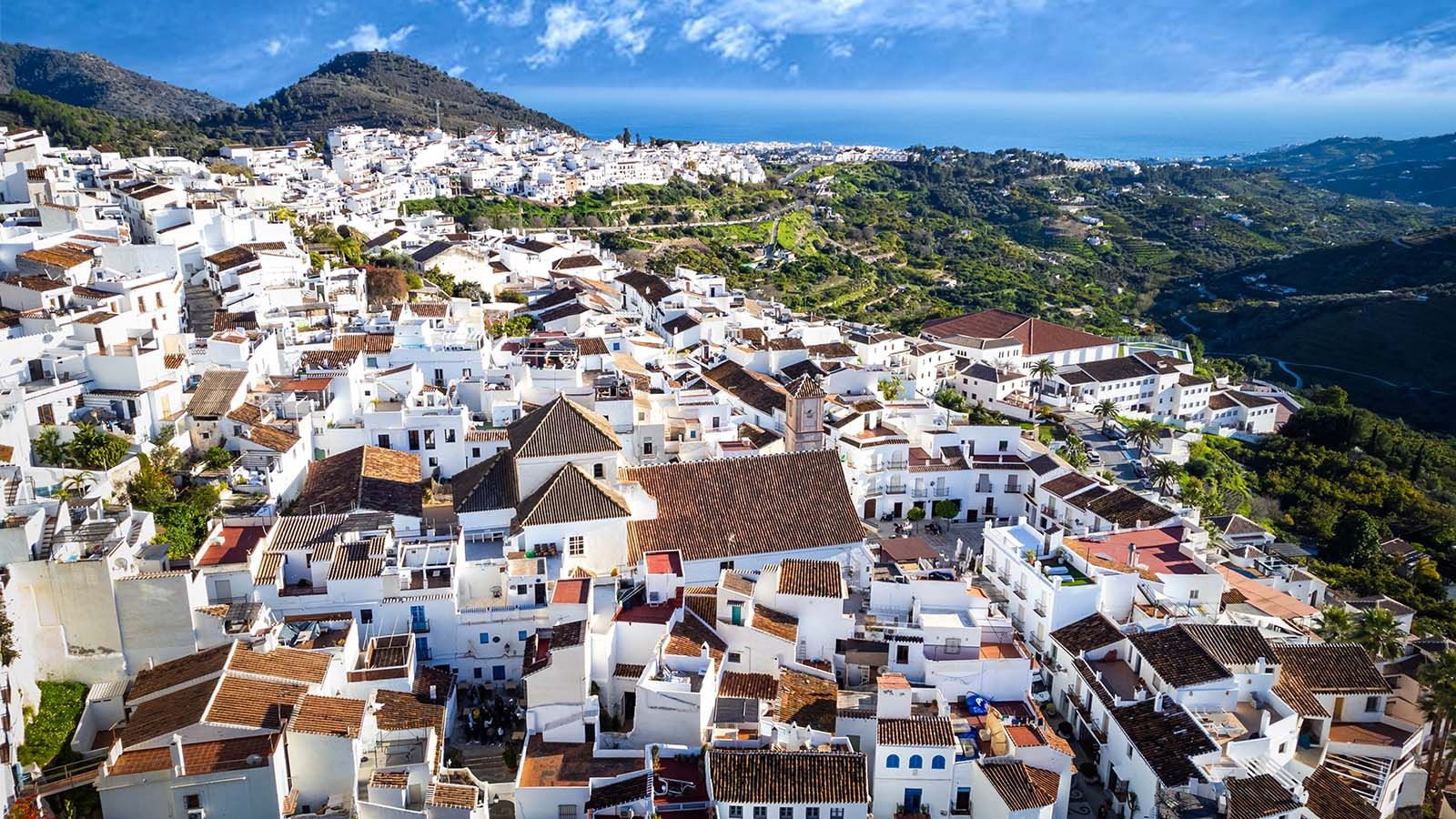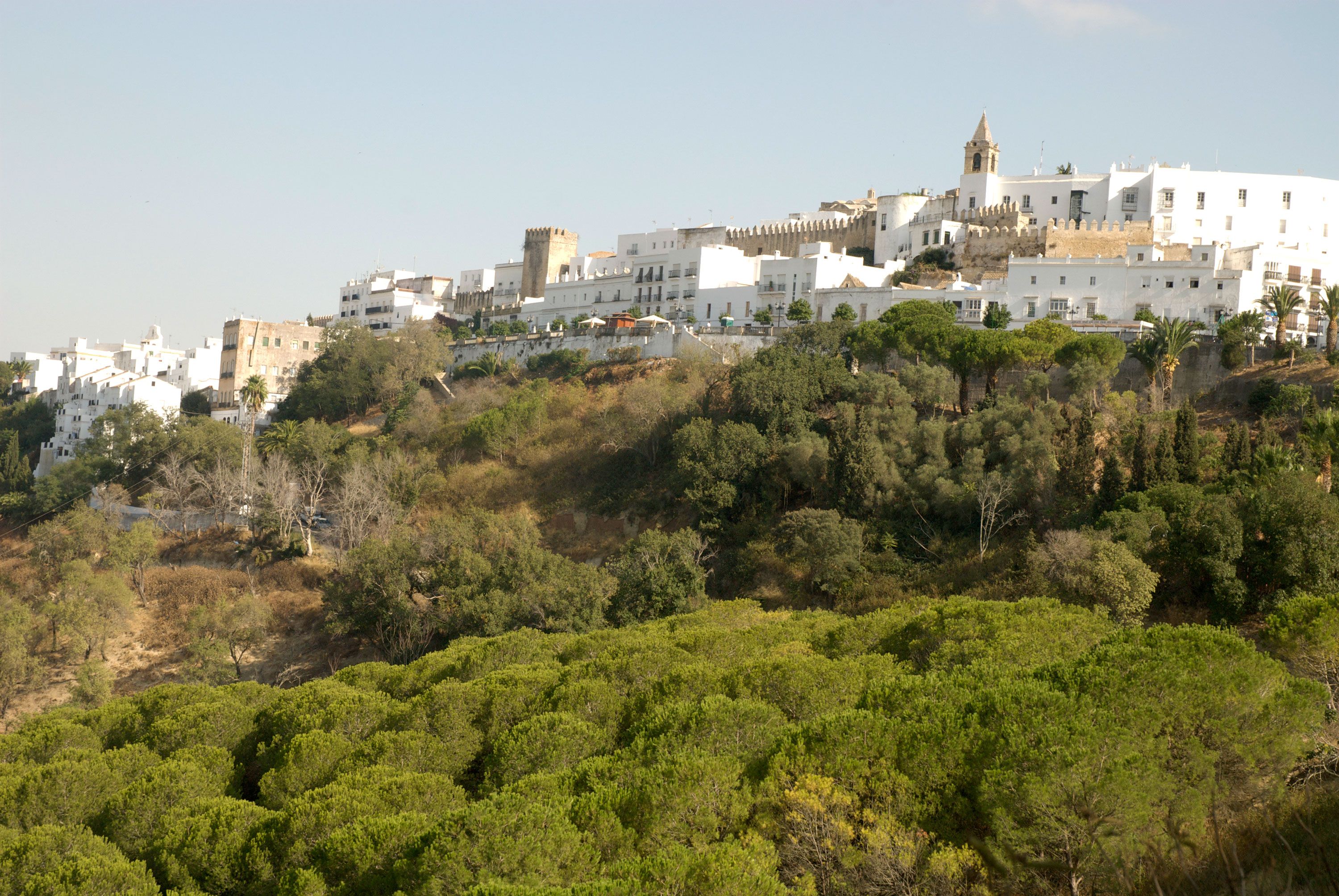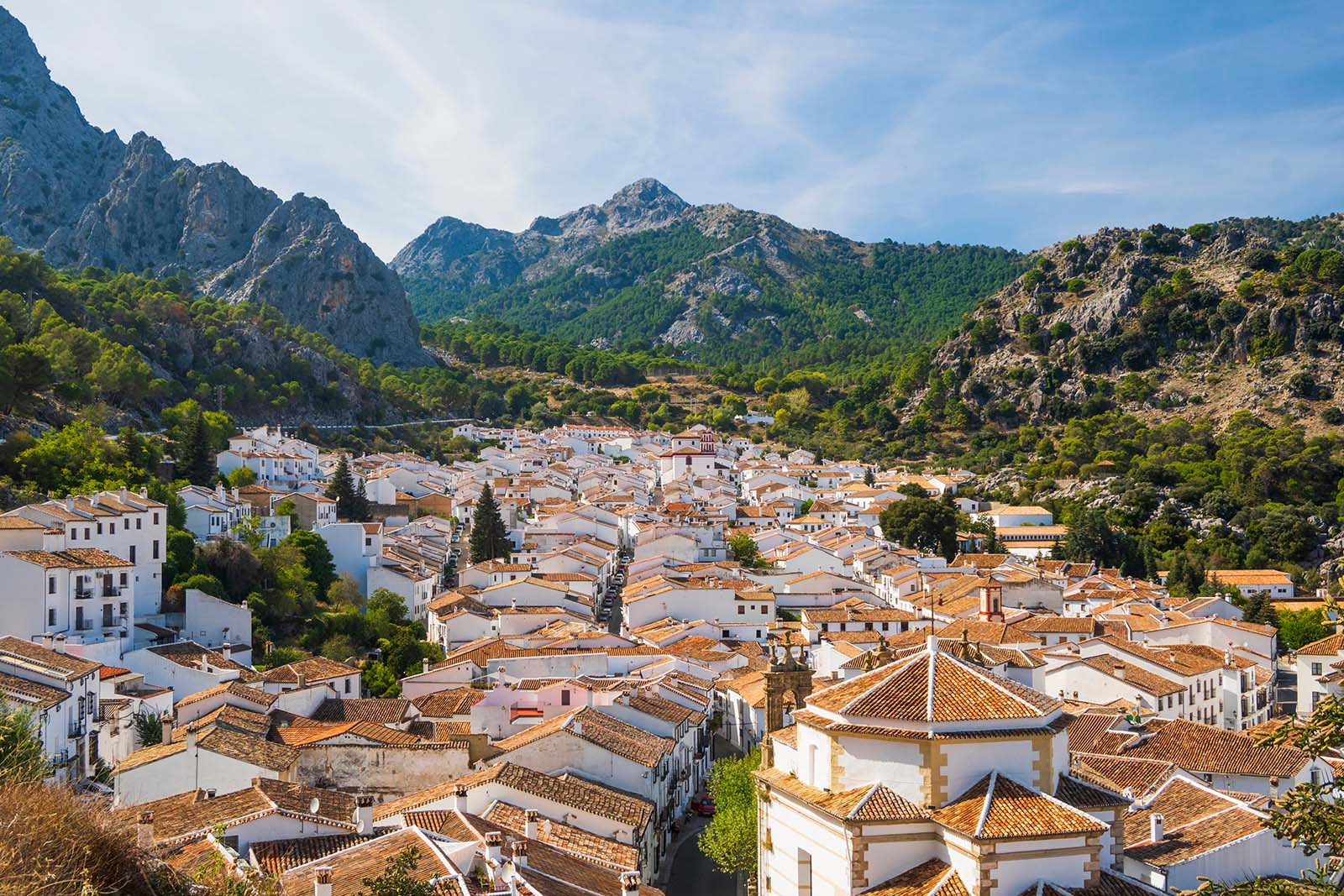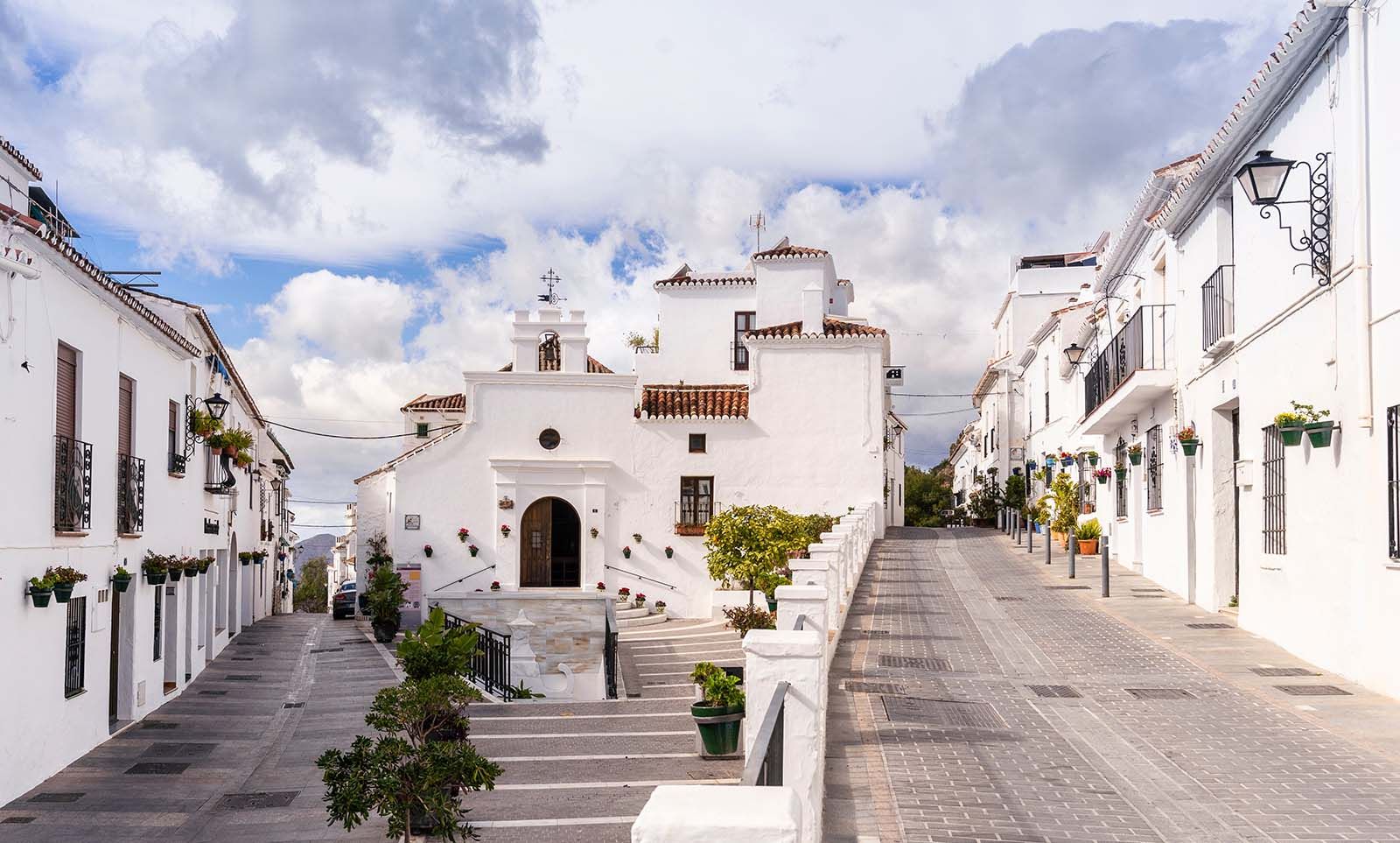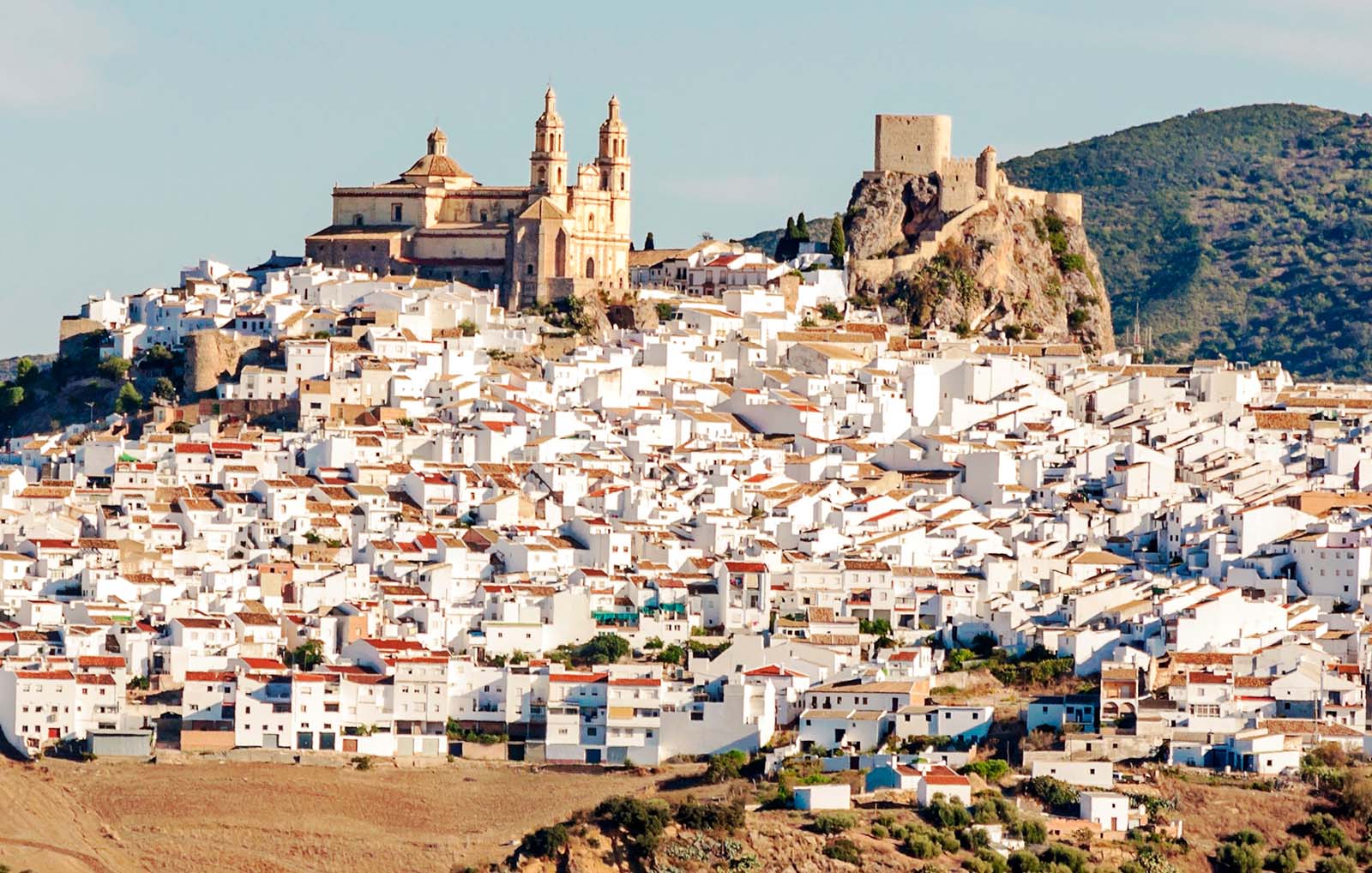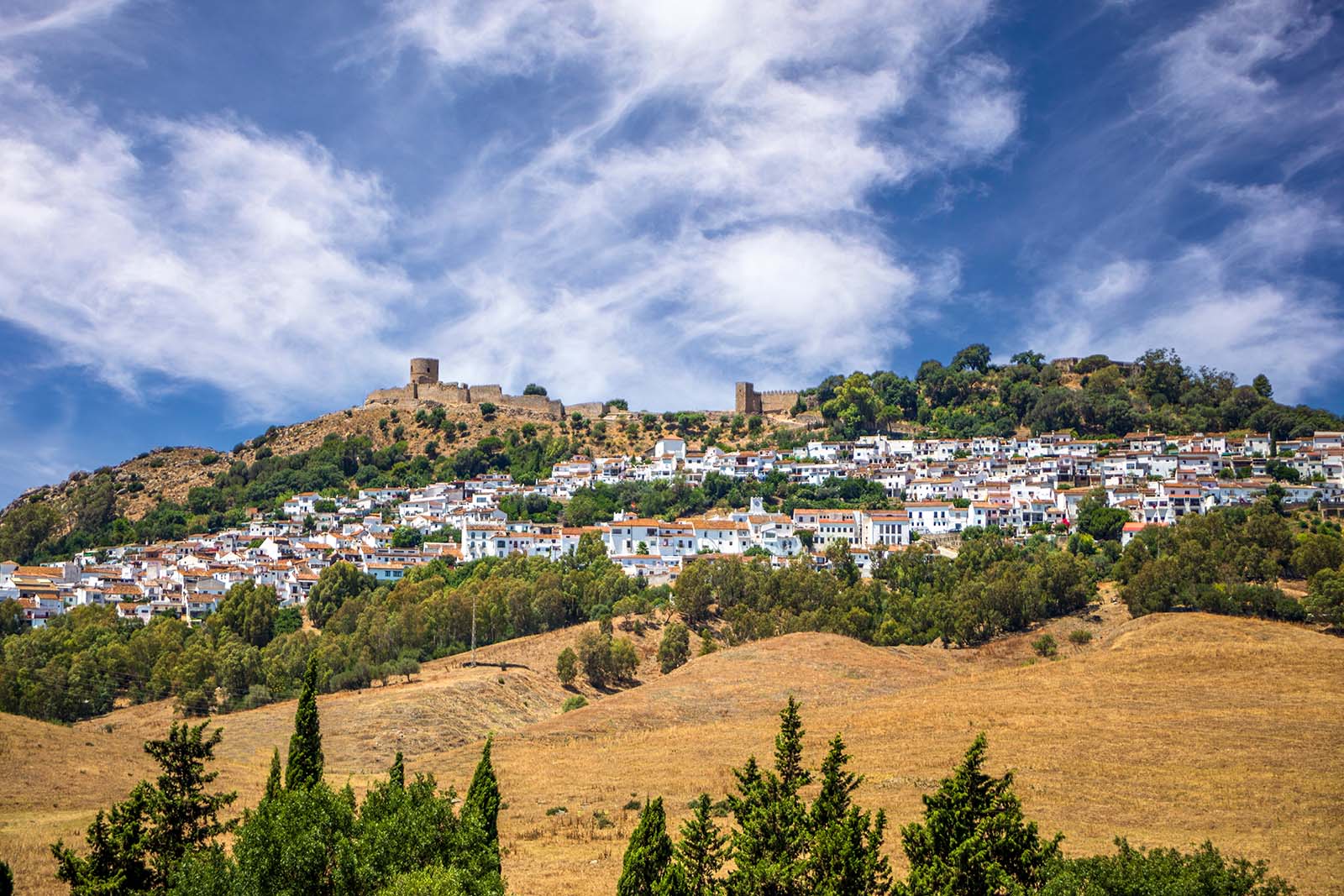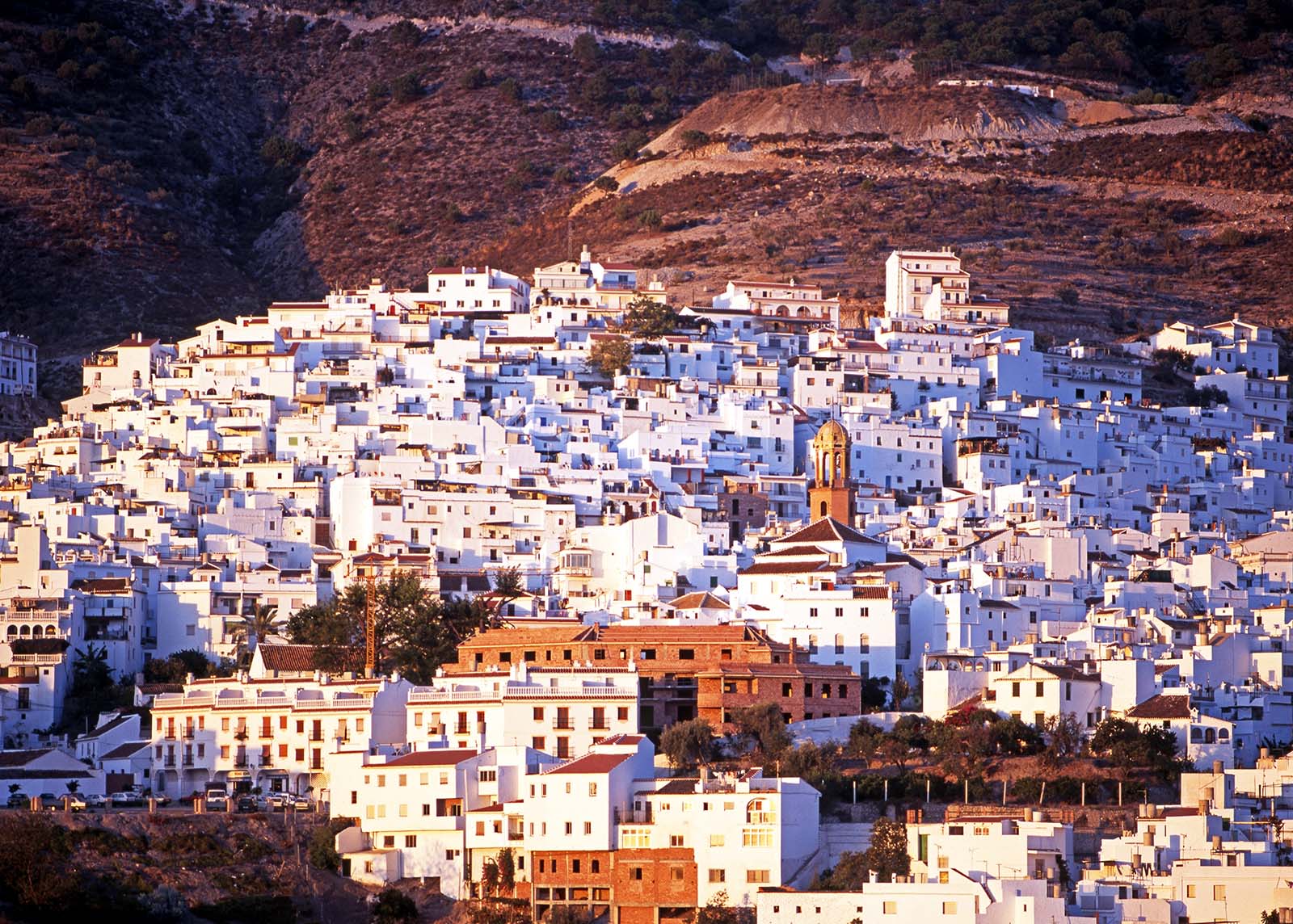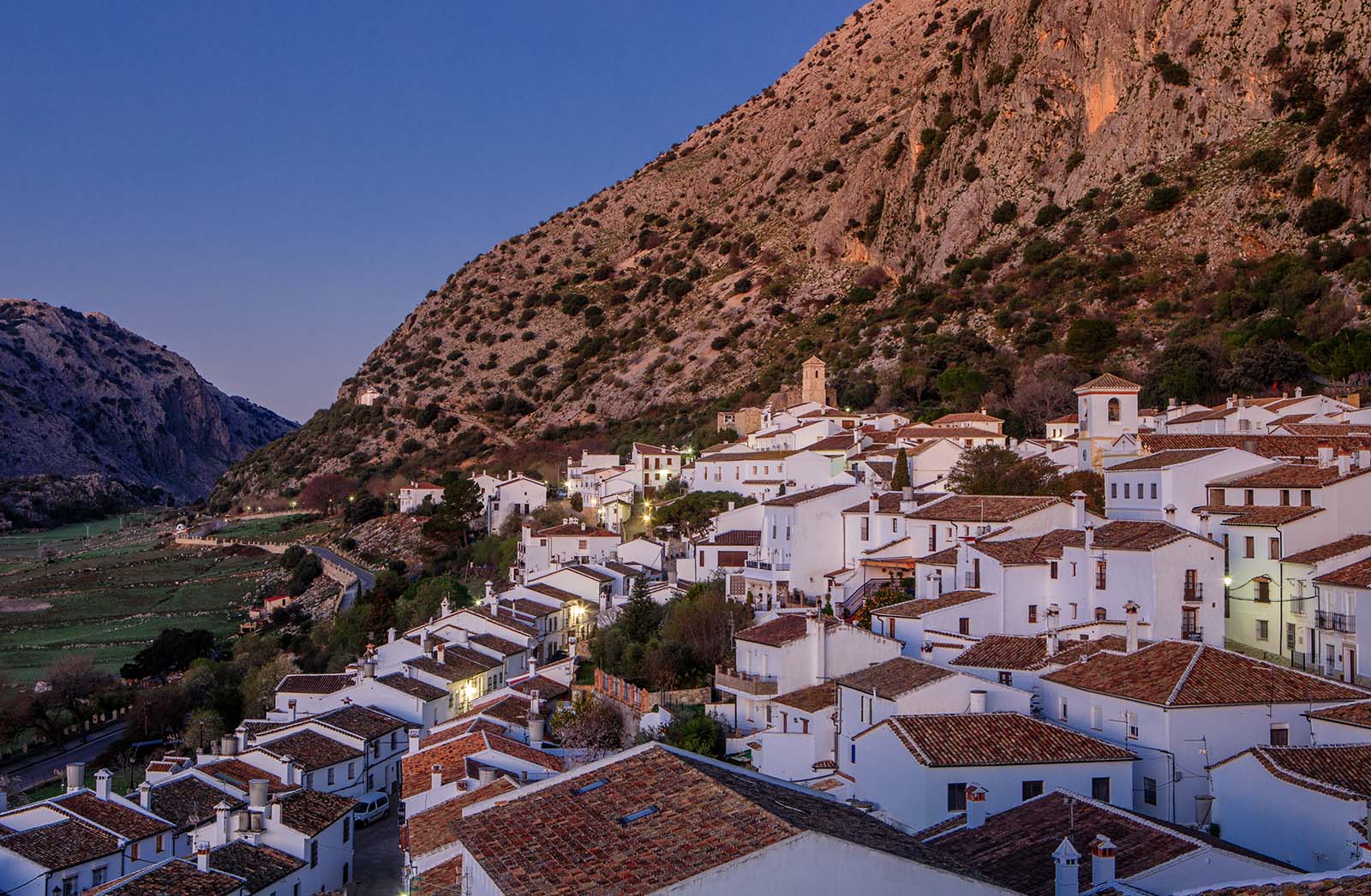What are the best white villages to visit in Andalucía?
If you’re putting together a Spain itinerary and want to go beyond the usual city stops, the white villages in Andalucía offer a different kind of highlight. These aren’t just photogenic pit stops – they’re some of the best places to visit in Spain for slowing down, eating well, and getting a real sense of place.
The classic image is all whitewashed walls and flower-filled balconies – and yes, you’ll find that. But the Andalucía white villages are more than a pretty face. Some cling to cliffs with views that stop you in your tracks (Ronda, Zahara). Others feel frozen in time, with narrow alleys and ancient fortresses (Olvera, Vejer). A few, like Setenil, are simply bizarre – in the best possible way.
Many of these villages are within easy reach of bigger hubs like Seville, Málaga, or Granada, which makes them perfect for day trips or one-night detours. Just be selective. Not every white village lives up to the hype, and there are plenty that feel more like style than substance. The ones on our list? They’re worth the drive.
1. Alhama de Granada, Granada Province
If you’re planning a trip to Spain and want something halfway between Granada’s history and Málaga’s buzz, Alhama de Granada is a smart detour. The drive inland from the coast takes you through the dramatic Zafarraya Pass – a crack in the mountains that opens out into fields of corn and holm oak.
The town itself clings to the edge of a deep gorge, with views across the plains of the Sierra de Tejeda. It’s compact but full of character – winding lanes, faded mansions, and the eerie Casa de la Inquisición, once home to Spain’s inquisitors. Just outside town, you’ll find a 12th-century Moorish bathhouse, still functional if you fancy a dip.
It’s quieter than the better-known pueblos, but that’s part of the appeal. If you're ticking off things to do in Málaga and looking to escape the coast for a day, Alhama gives you thermal baths, local tapas, and some serious scenery, without the crowds.

